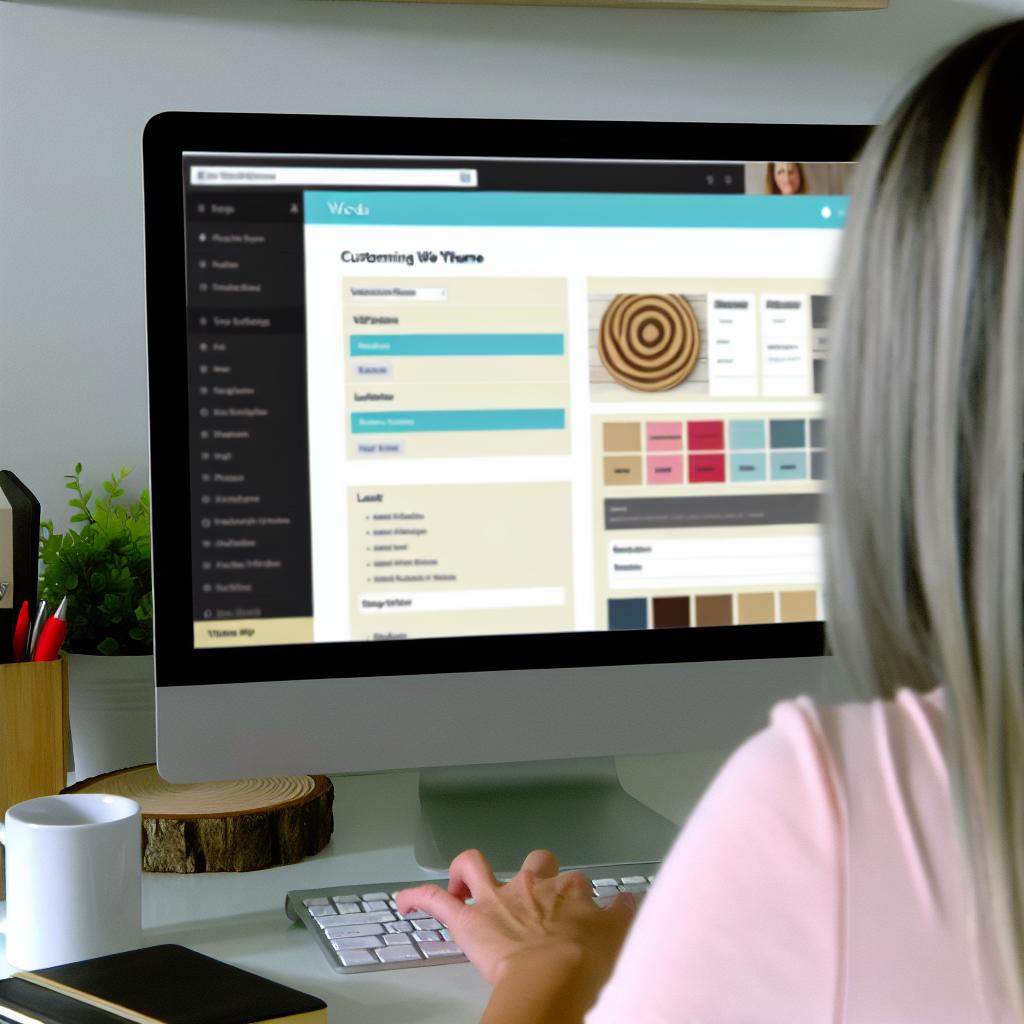Understanding WordPress Theme Customization
WordPress theme customization allows users to tailor a theme’s appearance according to their unique style and brand requirements. It involves modifying the visual elements of a website within a given theme framework, thus providing a unique touch to the overall site appearance. This can be achieved through the WordPress dashboard, customizer tools, or by editing code directly. Whether you’re a novice or an experienced developer, understanding the customization options available can greatly enhance your website’s appeal and functionality.
Using the WordPress Customizer
One of the most straightforward ways to customize your WordPress theme is through the WordPress Customizer. This tool provides a live preview of your site while making changes, allowing you to see the impact of your adjustments in real-time. It’s a user-friendly interface that supports a myriad of alterations without requiring any coding skills.
To access the WordPress Customizer:
Navigate to the admin dashboard, click on Appearance, and then select Customize. This opens up a variety of features to help you modify your theme.
Features of the WordPress Customizer:
- Change the site title, tagline, and logo: These elements form the identity of your website and can be easily updated to reflect your brand better.
- Modify color schemes and fonts: A consistent color scheme and font selection help establish a visual hierarchy and brand identity.
- Adjust layouts for headers, footers, and sidebars: Tailoring these elements can impact how information is consumed on your site.
- Manage menus and widgets: Strategically placed menus and widgets enhance navigation and user interaction.
The WordPress Customizer’s simplicity makes it a preferred choice for many who do not have coding expertise or who prefer a graphical interface to textual code.
Editing Theme Files
For more advanced customization, direct editing of theme files may be necessary. This approach offers greater control over the customization process but requires knowledge of programming languages such as HTML, CSS, PHP, and JavaScript. Direct file editing allows for deeper alterations that the Customizer may not support, like adding or modifying complex features or designs.
Guidelines for Editing Theme Files:
- Create a child theme before making modifications: This ensures that custom changes are not overwritten when the main theme is updated. Without a child theme, all customizations risk
